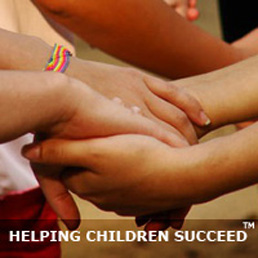by Beth A. O'Brien
This article details a study which predicted that across a wide range of print sizes dyslexic reading would follow the same curve shape as skilled reading, with constant reading rates across large print sizes and a sharp decline in reading rates below a critical print size. It also predicted that dyslexic readers would require larger critical print sizes to attain their maximum reading speeds, following the letter position coding deficit hypothesis. Reading speed was measured across twelve print sizes ranging from Snellen equivalents of 20/12 to 20/200 letter sizes for a group of dyslexic readers in Grades 2 to 4 (aged 7 to 10 years), and for non-dyslexic readers in Grades 1 to 3 (aged 6 to 8 years). The groups were equated for word reading ability. Results confirmed that reading rate-by-print size curves followed the same two-limbed shape for dyslexic and non-dyslexic readers.
Dyslexic reading curves showed higher critical print sizes and shallower reading rate-by-print size slopes below the critical print size, consistent with the hypothesis of a letter-position coding deficit. Non-dyslexic reading curves also showed a decrease of critical print size with age. A developmental lag model of dyslexic reading does not account for the results, since the regression of critical print size on maximum reading rate differed between groups.
Beth A. O'Brien. (2005) The effect of print size on reading speed in dyslexia. PubMed.

![]() Our Dynaread team members are required to hold themselves accountable for serving our clients in adherence with our core values...
Our Dynaread team members are required to hold themselves accountable for serving our clients in adherence with our core values...
Contribute with scientific and overall integrity.
Retain the focus on the needs of each individual child.

Dynaread has been developed in the trenches of actual remediation, with our feet firmly planted on the ground. Scientific research is essential (and we consistently use it), but we also understand the realities at home and in school. Not all homes have two parents, not all Dad's or Mom's are always home, there is oftentimes no money, schools lack staff or funding. We listen, we observe, we discuss, and we build the best solutions we can for older (ages 7+) struggling readers.
